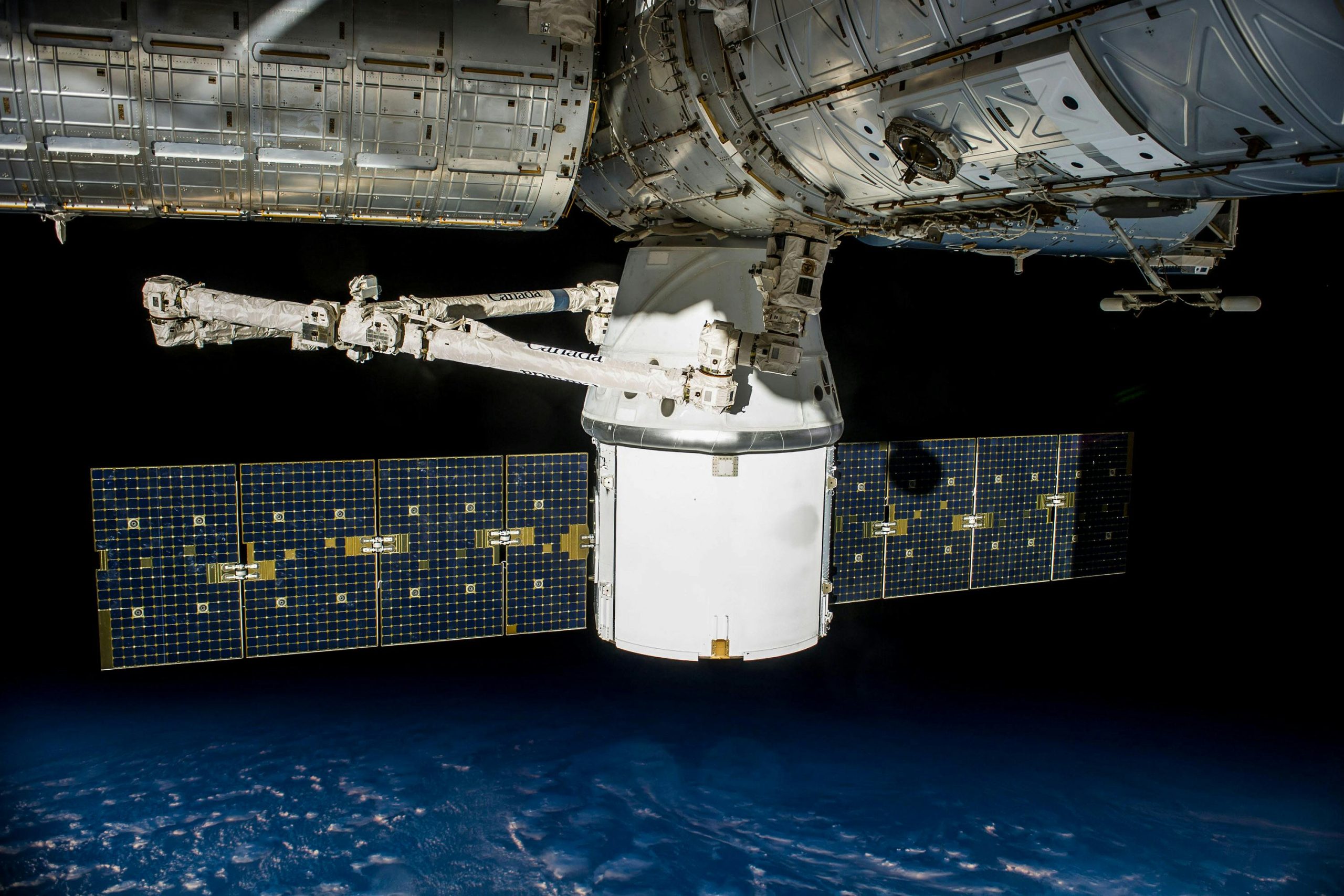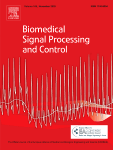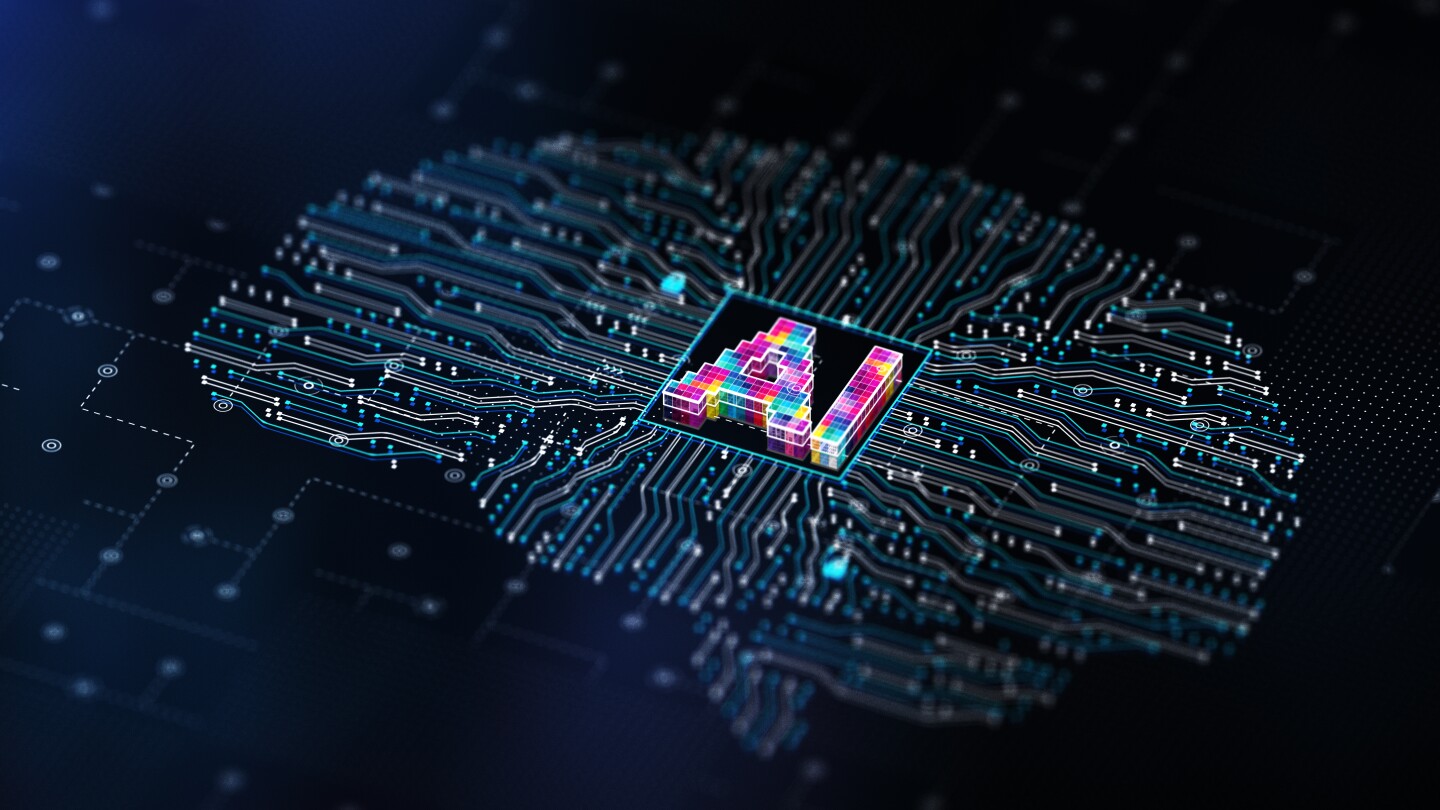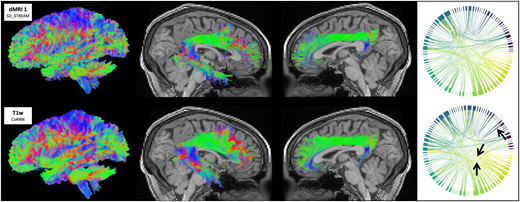Introduction Deep learning is an advanced machine learning technique based on artificial neural networks inspired by a human brain, especially featuring the capability to automatically extract complex patterns of data by multi-layer neural networks [1,2]. The neural network consists of input, hidden, and output layers. Unlike conventional machine learning algorithms, deep learning architectures have multiple

These AI Models Might Help Spot Space Solar Panel Damage – Orbital Today
Researchers in Egypt have developed artificial intelligence (AI) models to detect damage on solar panels used in space. The study analysed images of solar arrays affected by arcing, a phenomenon where electrical discharges occur when high-voltage solar panels interact with plasma in space.
According to the authors, “Arcs can lead to severe damage to cell interconnectors due to the generated high peak currents and therefore significantly impact the performance and reliability of spacecraft systems.” The research found that arcs occur most often at the mid-cells, interconnectors, and edges of solar cells, where electric fields are strongest.
Deep Learning to Analyse Arc Damage
The study, by scientists at the National Research Institute of Astronomy and Geophysics and Beni Suef University, applied deep learning to understand arc behaviour. Convolutional neural networks (CNNs) and transfer learning were used to classify and detect defective cells from image data.
The team analysed 2,624 black-and-white images of solar cells taken from 44 separate modules. Some of the cells were working normally, while others showed clear faults, including cracks and surface contamination from arcing.
They tried two different AI models to see which worked best. The first, a network built from scratch, was almost perfect when looking at the images it had already learned from, with an accuracy of 95.98%. But when tested on new images, its accuracy dropped to 83.24%, suggesting it wasn’t as reliable outside the lab.
The second approach used transfer learning with a pre-trained EfficientNetV2L model. This version achieved a validation accuracy of 89.05% and proved better at handling new images.
Both models were able to spot arc-related damage, especially on the parts of the solar cells where discharges were most likely, such as interconnectors, edges, and mid-cell areas.
Next Steps
The researchers concluded that deep learning is an effective approach for identifying arc damage on solar panels. They stated: “This work provides valuable insights into image processing and analysis, offering recommendations for further applications of artificial intelligence (AI) in engineering and aerospace industries. The research may enhance the understanding of arcing processes and improve the predictive capabilities of AI models, supporting the design of more robust solar array systems for space applications.”
Future research will involve simulations to predict the behaviour of arc events using machine learning techniques, applied to scenarios involving “arc currents, potentials and flashovers on solar arrays.”

Published by Kerry Harrison
Kerry’s been writing professionally for over 14 years, after graduating with a First Class Honours Degree in Multimedia Journalism from Canterbury Christ Church University. She joined Orbital Today in 2022. She covers everything from UK launch updates to how the wider space ecosystem is evolving. She enjoys digging into the detail and explaining complex topics in a way that feels straightforward. Before writing about space, Kerry spent years working with cybersecurity companies. She’s written a lot about threat intelligence, data protection, and how cyber and space are increasingly overlapping, whether that’s satellite security or national defence. With a strong background in tech writing, she’s used to making tricky, technical subjects more approachable. That mix of innovation, complexity, and real-world impact is what keeps her interested in the space sector.
All posts by Kerry Harrison



